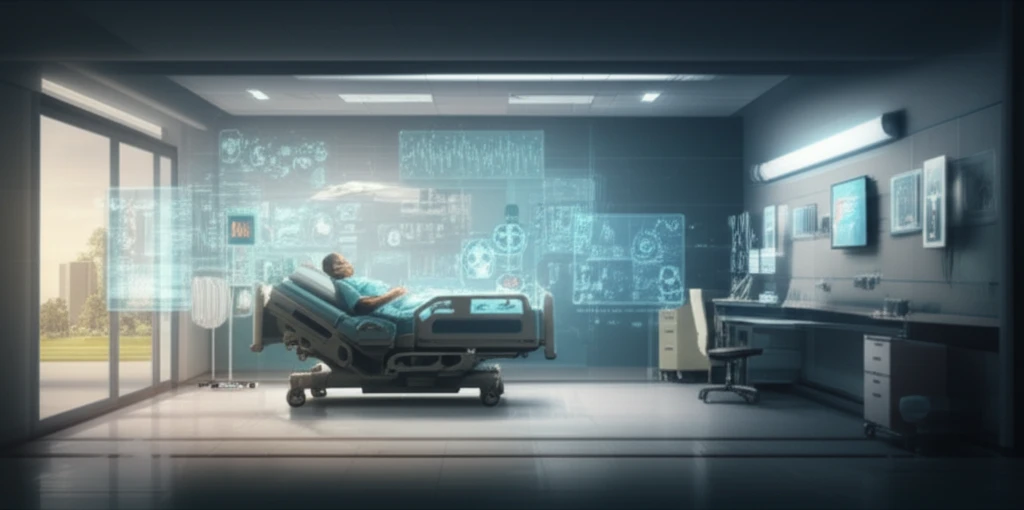
Remote Recovery: How Telemonitoring is Revolutionizing Joint Replacement Aftercare
"Discover how automated telemonitoring systems are enhancing patient engagement and slashing costs in post-operative joint replacement care, making recovery smoother and more accessible."
Surgical site infections (SSIs) represent a significant challenge in healthcare, driving up costs and complicating patient recovery, especially after joint replacement surgeries. Traditionally, managing and monitoring patients post-surgery involved frequent hospital visits or phone calls, which can be labor-intensive and costly.
Innovative solutions are emerging to tackle these challenges, particularly in the form of telemonitoring systems. These systems leverage digital communication to keep patients engaged, monitor their condition remotely, and provide timely interventions, potentially revolutionizing post-operative care.
This article explores how automated telemonitoring systems, such as EpxDecolonization (EpxDecol) and EpxWound, are transforming orthopedic joint reconstruction. By examining their impact on patient engagement, cost savings, and overall satisfaction, we uncover the potential of these technologies to reshape healthcare delivery.
Telemonitoring Systems: A New Era in Post-Operative Care

Telemonitoring systems are designed to bridge the gap between hospital and home, providing continuous support and monitoring for patients after discharge. These systems typically use a combination of text messaging, automated phone calls, and mobile apps to communicate with patients, collect data on their condition, and provide personalized feedback and guidance.
- EpxDecol: This system sends automated reminders and check-ins to patients in the days leading up to their surgery. It confirms whether they have picked up their prescribed decolonization supplies (mupirocin nasal ointment and chlorhexidine gluconate cleanser) and whether they are using them as directed. If a patient hasn't obtained their supplies, the system alerts the nurse in charge, ensuring timely intervention.
- EpxWound: Designed for the post-operative period, this system sends daily messages to patients from post-operative day (POD) 5 to POD 19. These messages inquire about their pain levels, wound status (redness, drainage, odor), and body temperature. If a patient reports any concerning symptoms, such as increased redness or a fever, the system alerts the nurse, who can then follow up with the patient.
The Future of Surgical Care: Proactive, Patient-Centered, and Cost-Effective
Telemonitoring systems like EpxDecol and EpxWound represent a significant step forward in surgical care, offering a proactive, patient-centered, and cost-effective approach to managing post-operative recovery. By leveraging digital technology to engage patients, monitor their condition, and provide timely interventions, these systems can improve outcomes, reduce costs, and enhance the overall patient experience. As healthcare continues to evolve, telemonitoring is poised to play an increasingly important role in delivering high-quality surgical care.
